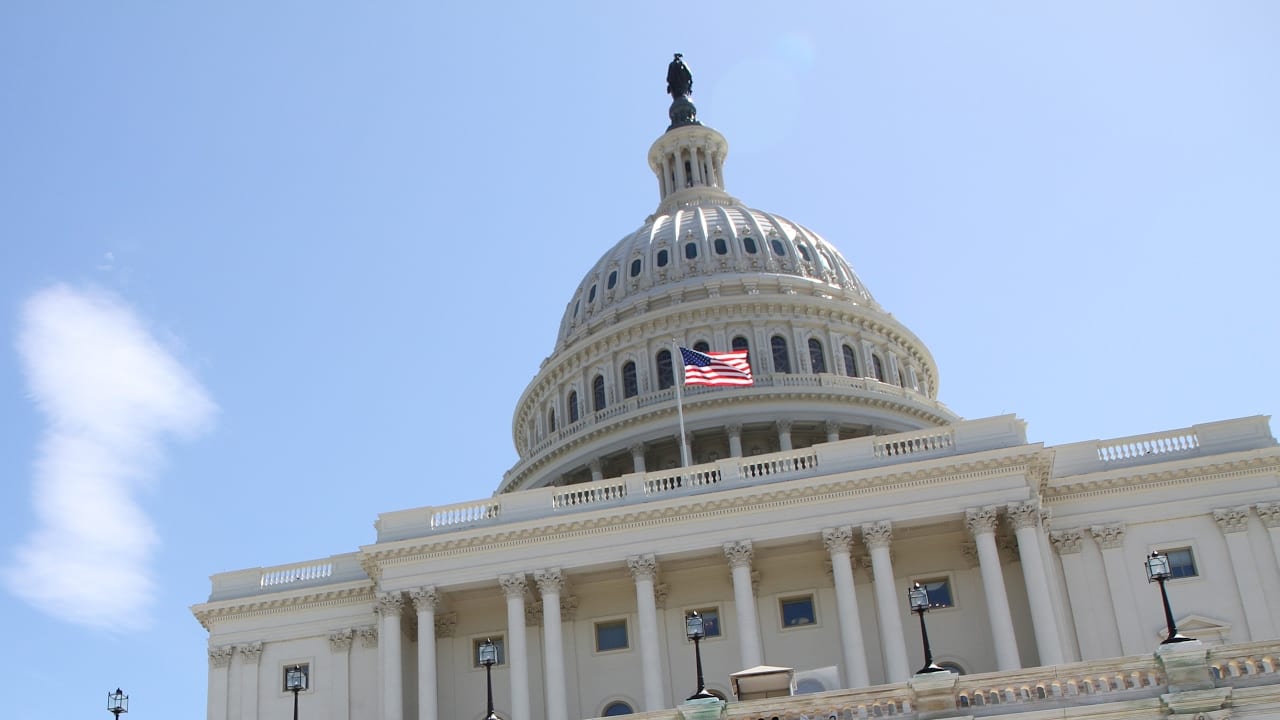
The U.S. National Nuclear Security Administration (NNSA) would get every penny it seeks in fiscal 2020, and then some, under legislation advanced Thursday by the Senate Appropriations Committee.
The energy and water bill sent to the full Senate would give the…